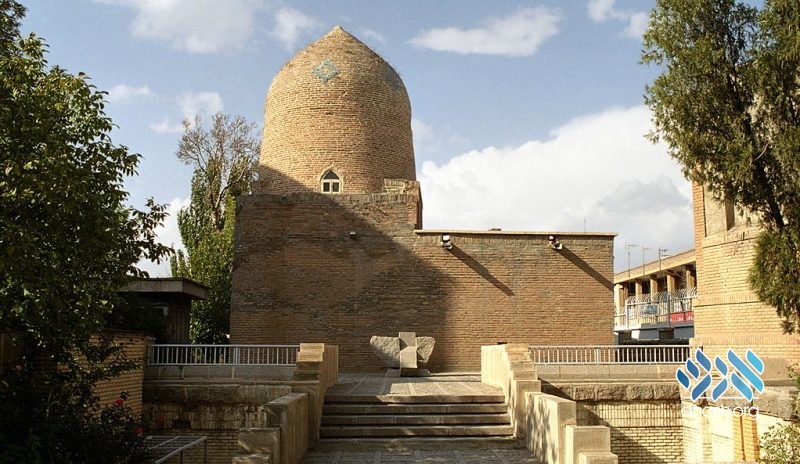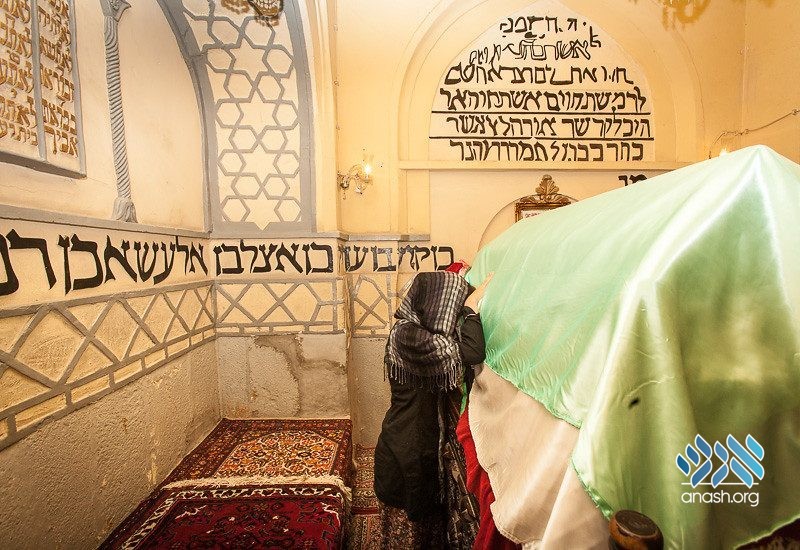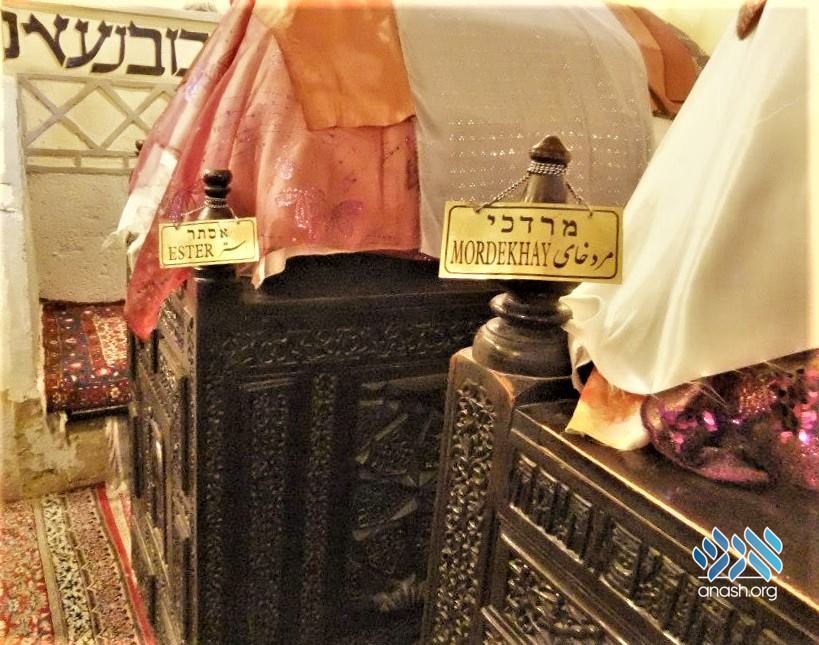כ״ד שבט ה׳תש״פ | February 19, 2020
A Month Before Purim, Queen Esther’s Tomb Under Threat
Just weeks before Purim, Iranian authorities allegedly threatened to destroy the historic tomb of Esther and Mordechai, and convert the site to a consular office for Palestine.

Just weeks before Purim, Iranian authorities allegedly threatened to destroy the historic tomb of Esther and Mordechai, and convert the site to a consular office for Palestine.
Iranian authorities allegedly threatened to destroy the historic tomb of Esther and Mordechai in the city of Hamedan, and convert the site to “a consular office for Palestine,” according to ARAM, the Alliance for Rights of All Minorities in Iran.
The organization said Sunday in a statement posted to Twitter, “members of the Iranian Basij attempted to raid the historic site yesterday in an act of revenge against the Israelis Palestinian peace plan by President Trump.”
The Basij is a branch of the Islamic Revolutionary Guard Corps whose leader was recently killed in a US airstrike and acts as the eyes and ears of the Islamic regime in schools, universities, state and private institutions, factories and ethnic tribes throughout the country.
In December 2008, the Iranian government added the site to its National Heritage List, where it was to be under official government protection and responsibility.
However, in 2011, Iranian authorities downgraded the status of the shrine, removing an official sign at the mausoleum that declared it to be an official pilgrimage site.
In December 2010, a group of Islamists threatened to destroy the tomb claiming there were fears Israel might damage the Al Aqsa mosque on the Temple Mount in Jerusalem, according to a report by Iran’s Mehr news agency.
Iran also took the opportunity to officially blame Esther and Mordechai for the “massacre” of tens of thousands of “Iranians” even though the Islamic Republic of Iran was far from being formed at that point.
The Iranian FARS news agency said in a statement that Iran had chosen to ignore for the time being “the responsibility of Esther and Mordechai for the massacre of 75,000 Iranians, which the Jews celebrate at Purim.”
According to a report by an Iranian news agency dated February 7, “The Council for the Exploration of Student Mobilization of Hamadan Universities said in a statement to the United States, Israel and the Arab countries in the region that they will turn the tomb into a Palestinian Consulate if any action is taken.”
The statement was made “in retaliation for the unveiling of the Palestinian-Israeli peace plan, dubbed the ‘Deal of the Century,’ described by the Basij as a ‘vicious act of treachery,’ threatening, ‘You will no longer find the tomb of Esther and Mordecai in the land of Hamadan.’”
There is no way to independently confirm the report, but if it is true, it would not be the first time the site has been threatened.
Interestingly, there is a competing tradition which identifies the traditional burial place of Queen Esther and Mordechai as being on the outskirts of the village of Baram, in the upper Galilee, near Tzfat.





Send us your feedback